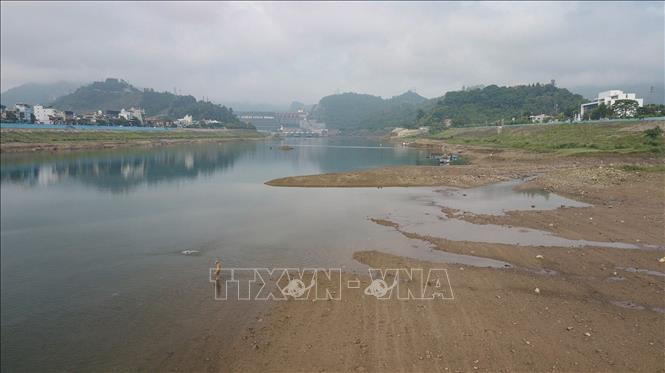
In the second half of June 2023, rainfall in the Northwest, Northeast, Northern Delta and North Central regions is generally 10-20% higher than the average of many years; other places are generally 10-30% lower than the average of many years in the same period. Particularly, the area from Quang Nam to Khanh Hoa and some places in the Southwest region is 30-40% lower.
"Rain in the Northern and North Central regions tends to concentrate in mid- and late June 2023, with the North likely to experience three large-scale rains. Thus, with this development, the drought situation in the Northern region as well as hydroelectric reservoirs in the North after June 15 is likely to improve," Mr. Huong shared.
The Central Highlands and the South have many days of showers and thunderstorms.
Areas across the country should be on guard against thunderstorms, tornadoes, lightning, and hail (more concentrated in the North, North Central, Central Highlands, and South).
Forecasting further on the rainfall trend from July to August 2023, Mr. Nguyen Van Huong said that the total rainfall in most regions of the country is generally close to the average of many years. Particularly in August 2023, the Central Highlands and the South are generally 5-20% higher than the average of many years in the same period.
The flood season in 2023 on rivers and streams is unlikely to occur earlier than the average of many years. The flood peak on rivers in the North is generally at alert level 1-2, with small rivers and streams at alert level 2-3. Floods will mainly be concentrated in the months of July to September 2023.
Mr. Nguyen Van Huong noted that the total flow to large reservoirs on the Da River is 15-45% lower than the average of many years, equivalent to 2022; on the Gam River, it is 10-30% lower than the average of many years, about 5-15% lower than 2022; on the Chay River, it is 10-15% lower than the average of many years, about 20-30% lower than 2022. The risk of flooding in urban areas and large cities continues to occur due to the impact of local heavy rains. Flash floods and landslides are at high risk in the northern mountainous provinces.
From the second half of June to August, there are likely to be 3-4 floods on rivers in Thanh Hoa, Binh Thuan and the Central Highlands; other rivers in the Central region will change slowly with a downward trend.
The flow on rivers in the Central region and the Northern Central Highlands region is generally 17-50% lower than the average of the same period in many years, some rivers are 75% lower; in particular, rivers in Thua Thien - Hue, Thu Bon River (Quang Nam), Quang Ngai, Binh Dinh, Khanh Hoa and the Southern Central Highlands region are approximately equal to and 5-35% higher than the average of many years.
"During this period, it is necessary to guard against local droughts outside the water supply areas of irrigation works in Nghe An, Ninh Thuan, Binh Thuan provinces and the Central Highlands region," Mr. Nguyen Van Huong noted.
In the Southern region, the water level on the Dong Nai River at Ta Lai is likely to cause 1-2 small floods.
From now until August 2023, the total flow from the upper Mekong to the Mekong Delta tends to increase gradually and is 10-15% lower than the average of many years. The water level of the Mekong River upstream fluctuates with the tide with a gradual upward trend.
However, Mr. Nguyen Van Huong said that in the second half of June, the average temperature tends to be about 0.5 - 1 degree Celsius higher than the average of many years. The Northern and Central regions are likely to experience many hot days, the number of hot days is higher than the average of many years. Hot weather occurs during the day, evening and night, the Northern and North Central regions are likely to have thunderstorms with tornadoes, lightning, hail and strong gusts of wind.
From July to September, due to the influence of El Nino (an abnormal warming of the surface water layer in the central equatorial region and the Eastern Pacific Ocean), heat waves are likely to increase from June to August, concentrated in the Northern and Central regions.
The peak of heat in the North is concentrated in June and July; in the Central region, it is from June to August. Heat waves last on average from 2 to 4 days, sometimes longer. The number of hot days in 2023 may appear more than in 2022. There is a high possibility that the highest temperature values will exceed the previous record that has been observed.
Mr. Nguyen Van Huong emphasized that with little rain and hot weather, the flow to the lakes will decrease. In fact, the water level in many large reservoirs in the Northern region is very low. This affects the power generation capacity of hydroelectric reservoirs, while the demand for electricity and water of the people has increased significantly. Therefore, many provinces and cities in the Northern region will face a shortage of electricity and water, affecting the daily life, quality of life, health of the people and many other production activities.
In the face of the above situation, all levels, sectors, local authorities and people need to properly implement Directive 20/CT-TTg dated June 8, 2023 of the Prime Minister on enhancing electricity saving in the period 2023 - 2025. People need to save electricity by turning off electrical equipment when not in use, unplugging electrical equipment from the socket when not in use, cleaning equipment used for a long time, taking advantage of natural light and wind sources...
Source





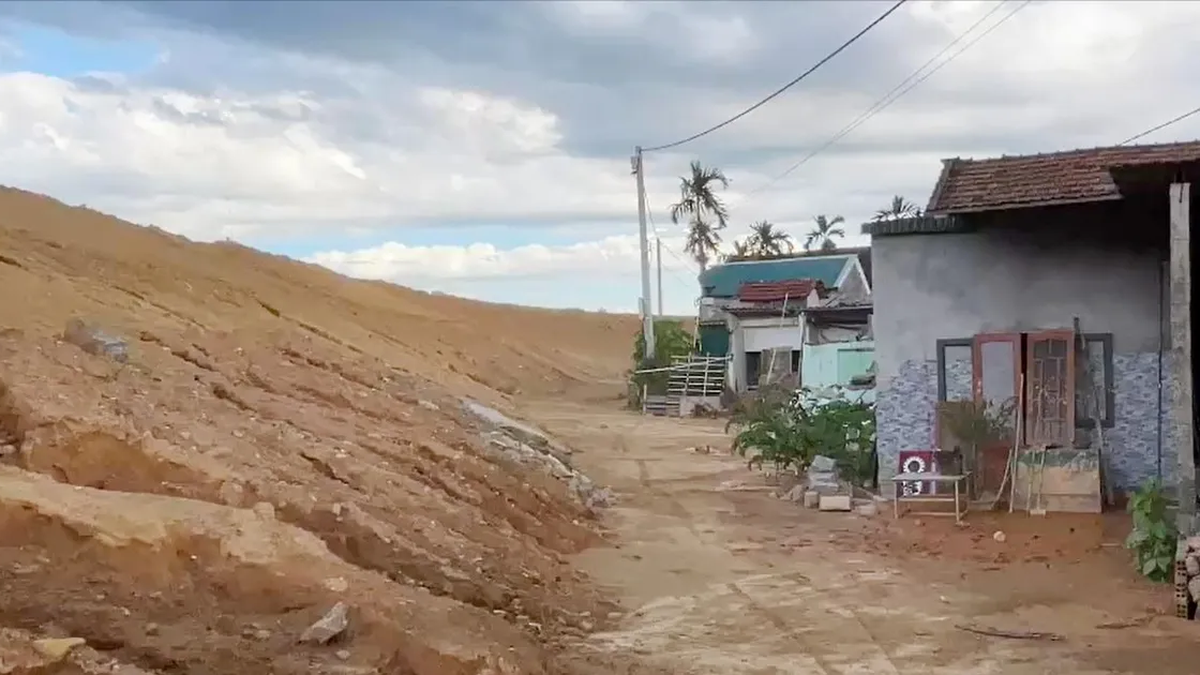
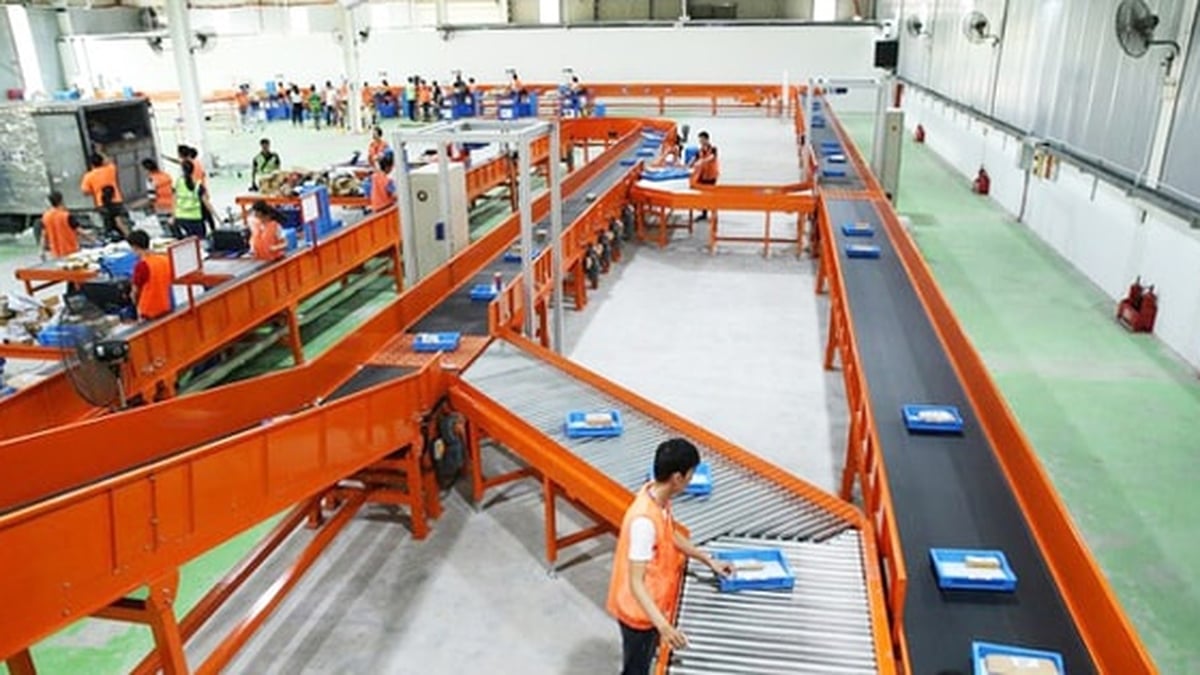



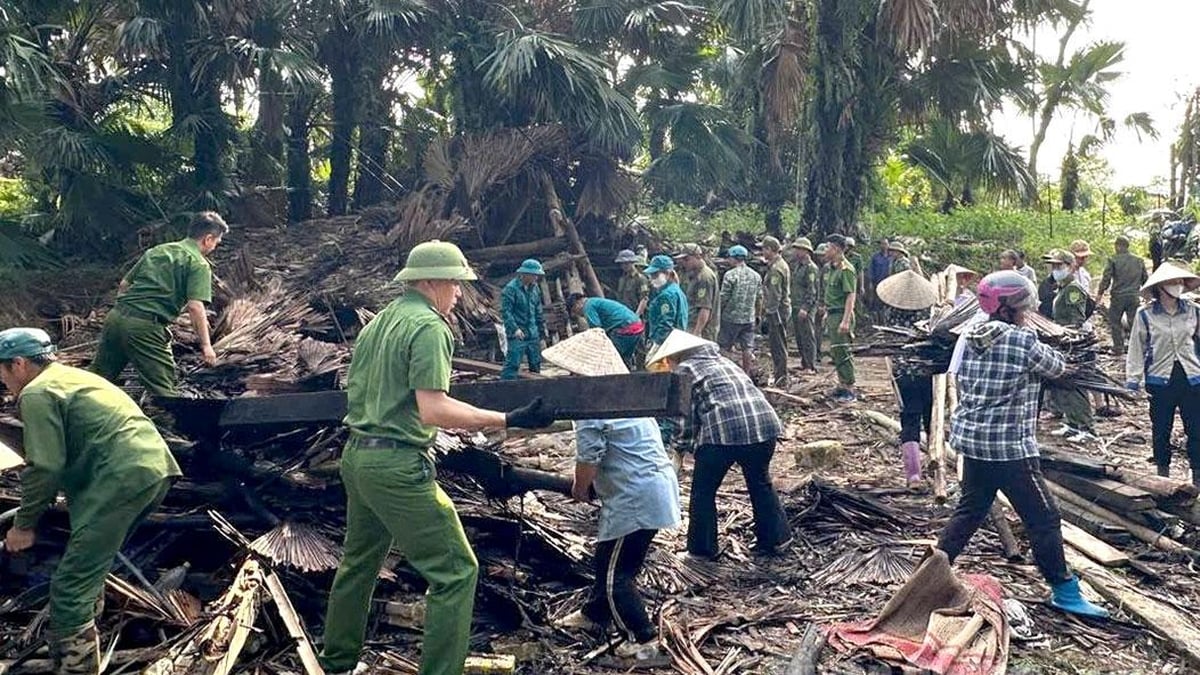














![[Photo] National Assembly Chairman Tran Thanh Man visits Vietnamese Heroic Mother Ta Thi Tran](https://vphoto.vietnam.vn/thumb/1200x675/vietnam/resource/IMAGE/2025/7/20/765c0bd057dd44ad83ab89fe0255b783)



































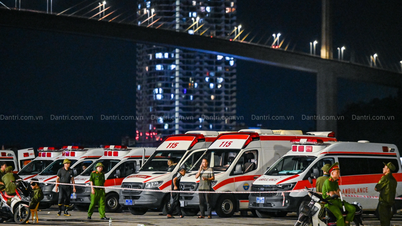


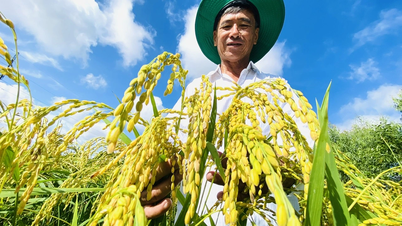



































Comment (0)